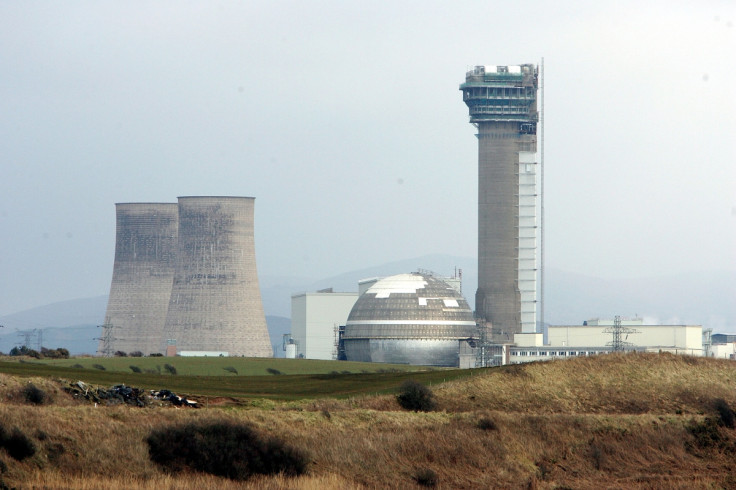British scientists designing cement to safely store nuclear waste for 100,000 years

A team of British scientists are working on designing a form of cement which could safely withstand the harmful effects of nuclear waste for thousands of years. The team at the UK's synchrotron science facility, Diamond Light Source, said the project will be vital as Britain looks to expand on its nuclear industry.
The team believe the new material is 50% better at reducing the impact of radiation than current storage solutions. The government is set to choose a location of where to store the estimated 300,000 cubic metres of radioactive waste which is estimated to have been accumulated by the UK by 2030.
Part of this strategy for disposal is the plan for a Geological Disposal Facility (GDF) where highly radioactive waste, immobilised in cement, would be interred deep underground. However, before a location can be agreed, the government will need to be assured the waste will remain safe for at least 100,000 years.
Knowing how to store nuclear waste safely has become an important issue as approximately 11% of the world's electricity is produced through nuclear fission power, and it is an increasingly important factor in helping to reduce CO2 emissions in line with international targets. Britain has previously announced to build several nuclear power stations over the next decade to phase out power provided by gas, coal and oil.
Dr Claire Corkhill from the University of Sheffield is using Diamond's unique Long-Duration Experiment (LDE) facility to study the way that cement reacts with water as it becomes hydrated over a period of hundreds of years. The team at Diamond Light Source now believe following a two-year long experiment that they have discovered new cement material that contains mineral phases known to absorb highly radioactive elements.
Corkhill said: "Armed with the knowledge that these phases form, and knowing how quickly, supports the use of our new cement material in the GDF. We hope that these results will influence the design of the GDF and help improve its long term safety."
Diamond's Director of Physical Sciences, Trevor Rayment: "Timescales are crucial when it comes to nuclear research. Any facility expected to contain highly radioactive waste will need to remain functional for an extremely long period of time. Until recently, it's been impossible to use synchrotron light to study interactions that take place over extended timescales.
"But, in a world first, Diamond has engineered a long-duration experimental facility that allows users to study sample behaviour in the intense detail afforded by synchrotron light but over a two-year period: much longer than has ever before been possible."
© Copyright IBTimes 2025. All rights reserved.






















